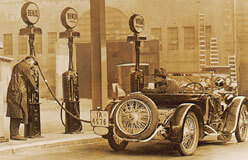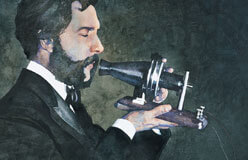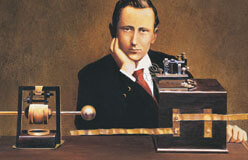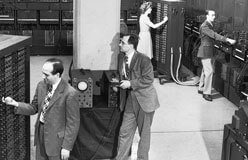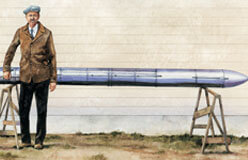From blastoff to touchdown, a rocket is an awesome sight.
The Saturn 5 rocket that sent astronauts to the Moon stood 363 feet high, about the height of a 30-story building, and weighed more than 6 million pounds. Its 11 rocket engines sent a spacecraft weighing more than 100,000 pounds to a lunar landing.
In 1930 Robert Goddard, a Massachusetts-born scientist working almost totally alone, was the first to set earthlings on the path toward space. Thirty-nine years after Goddard shot off his first rocket, U.S. astronaut Neil Armstrong took his first step on the Moon. Since then, rockets have lifted hundreds of spacecraft and satellites into Earth’s orbit. They’ve carried space shuttles to and from the International Space Station. They’ve sent unmanned spacecraft to Mars and Jupiter. Some of the satellites beam back information about Earth’s atmosphere and weather.

